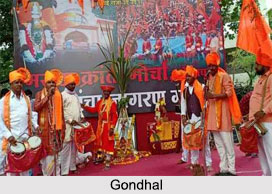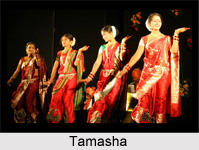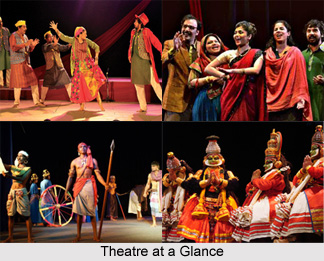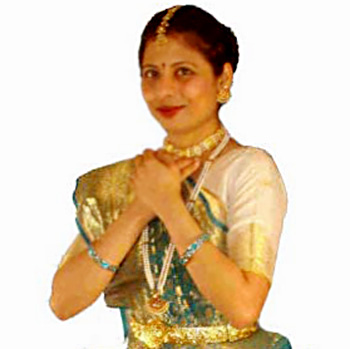The term palagan has been derived from pala i.e. a part, phase, chapter or episode of a longer narrative and gan i.e. `song`. Palagan is a Bengali term that covers a range of oral narrative, musical, and theatrical traditions. Pala was added to titles describing particular episodes from myths narrated or performed in various traditional modes. The Vaishnava Lila-kirtan, celebrating Krishna`s career and exploits Lila in elaborate suites of songs, is known as Palagan since it broke up Krishna`s life into separate Lilas. This became popular after the great Kheturi festival convened by Narottamdas each set to a musical pattern underscoring it`s rasa. The Palas centred on themes like Goshtha, Ras, Danalila, Naukabilas, Jhulan, Holi, Abhisar, Mathur, from phases or incidents in the Krishna legend. Since the kirtan singers came to concentrate on the dramatic element as it evolved in the Palas, they needed more songs, and anthologies offering compositions by several lyricists arranged. These are arranged according to the themes or needs of Palas and they were compiled and circulated as well.
A direct line of descent has been traced from the kirtan as Palagan to Jatra, which for a long time was described as Palagan. Although Jatra has over the years lost a lot of its musicality and its texts have become mostly prose drama, its plays are still called Pala or Palagan, its scriptwriter`s palakars, and its productions gaona or `singing`. Song sequences on different narrative subjects, not necessarily mythological, and even several modern plays written in mock-archaic musical modes, carry Pala as a suffix. For example Abanindranath Tagore`s Lambakarna pala i.e. `Pala of the Long Ears` in 1930, Lila Majumdar`s Bak-badh pala i.e. `Pala of Bak`s Killing` in 1955, and Sombhu Mitra`s Chandbanikerpala or `The Merchant Chand`s Pala in 1978 can be mentioned with pide.
This article is a stub. You can enrich by adding more information to it. Send your Write Up to content@indianetzone.com




